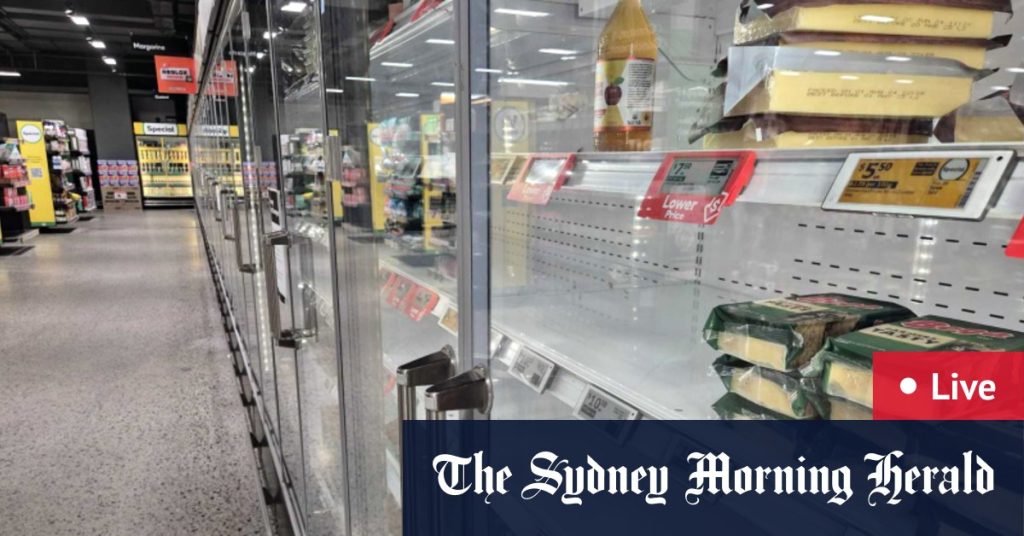A recent study by the Australian Automobile Association has revealed that, for the first time in two years, the overall cost of transportation has decreased, marking a notable shift in the financial landscape for households across different states in Australia. The findings, published in the latest Transport Affordability Index, indicate that residents of capital cities saw a decrease in their transport expenses, averaging a reduction of $921 per year. This decline comes as a relief to many, especially in light of the rising cost of living and inflationary pressures that have characterized recent years. However, the savings differ significantly across states, largely due to the varying availability and cost of public transportation.
The report highlighted Brisbane as a standout city where residents experienced substantial savings in transportation costs, averaging around $3,316 annually. This remarkable figure is attributed primarily to the introduction of low public transport fares, specifically the 50¢ fare initiative that has incentivized public transport use among the city’s residents. This initiative has not only made commuting more affordable but has also contributed to the broader public goal of reducing traffic congestion and encouraging more environmentally friendly transport options. In contrast, residents of Sydney found themselves bearing the brunt of rising transportation costs, with an increase of $107 per year, which can be linked to the considerable toll prices that have become a burden for daily commuters in the city.
The methodology of the Transport Affordability Index involves a comprehensive analysis of various household transportation expenses, including vehicle registration, servicing, insurance, car loans, fuel, and public transport costs. Over the quarter that ended in September, overall transport costs dropped by 2.6%, indicating a substantial turning point, as this reduction marks the first drop in costs since September 2022. An important factor contributing to this decline was the significant decrease in fuel prices, which alone accounted for an average savings of $338 across all households. This reduction is particularly relevant given that fuel prices have historically been volatile, and their fluctuating nature can greatly influence household budgets.
Beyond the general decline in transport costs nationwide, specific public transport fare reductions have played a critical role in mitigating costs. While Queensland has introduced permanent fare cuts as part of a strategic move to bolster public transport usage, other states including the ACT and the Northern Territory have implemented temporary fare reductions. Despite the positive impact of these measures, only Queensland’s adjustments are set to last beyond the immediate future, making other states’ savings less stable. This disparity raises questions about the sustainability of fare reductions in leading to long-term affordability in transportation across Australia.
Interestingly, while Brisbane enjoys the benefits of reduced transport costs, Hobart has emerged as the city with the lowest annual transport costs overall. Following Hobart are Darwin and other smaller metropolitan areas, which also appreciate lower transport expenses. Conversely, Sydney, Melbourne, and Perth consistently exhibit the highest transport costs, highlighting the regional inequality in transportation affordability. This uneven distribution underscores the importance of effective public transport policies in driving down costs and improving access, particularly in larger cities where traffic congestion and transportation expenses can significantly impact daily life.
The findings of this report serve as a crucial reminder of the interconnectedness between public policy and household finances regarding transportation. As Australia navigates its recovery post-pandemic, understanding the factors influencing transport affordability will be key to ensuring equitable access to essential services. The study calls on stakeholders to prioritize sustainable and affordable transport solutions, heralding public transport fares as a critical aspect of this equation. As cities continue to grapple with the challenges posed by population growth and urbanization, enhancing public transport systems could prove vital in fostering affordable living standards and supporting environmental goals.

